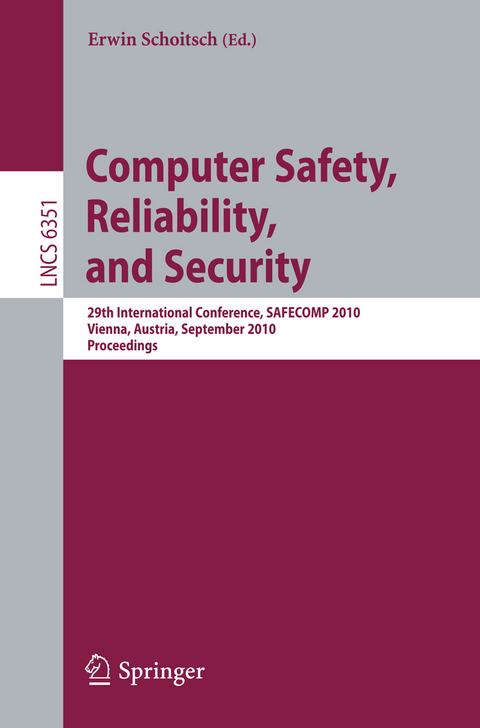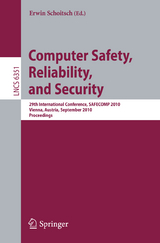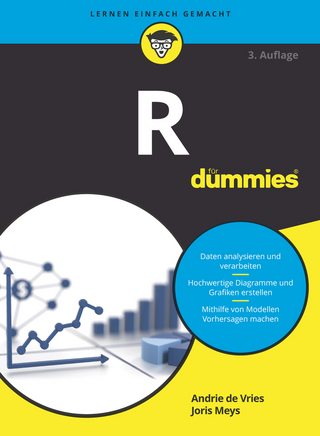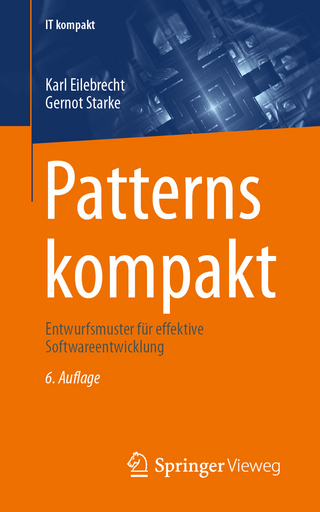Computer Safety, Reliability, and Security
Springer Berlin (Verlag)
978-3-642-15650-2 (ISBN)
Session 1.- Reliability Analysis of Safety-Related Communication Architectures.- A Novel HAZOP Study Approach in the RAMS Analysis of a Therapeutic Robot for Disabled Children.- Variability Management of Safety and Reliability Models: An Intermediate Model towards Systematic Reuse of Component Fault Trees.- QoS Analysis of Weighted Multi-state Probabilistic Networks via Decision Diagrams.- Session 2.- Comparison between IEC 60880 and IEC 61508 for Certification Purposes in the Nuclear Domain.- Deriving Safety Cases for Hierarchical Structure in Model-Based Development.- Assurance of Automotive Safety - A Safety Case Approach.- How to "Survive" a Safety Case According to ISO 26262.- Session 3.- Benchmarking Software Requirements Documentation for Space Application.- Verifying Mode Consistency for On-Board Satellite Software.- Computational Concerns in the Integration of Unmanned Airborne Systems into Controlled Airspace.- Session 4.- Residual Error Probability of Embedded CRC by Stochastic Automata.- ANB- and ANBDmem-Encoding: Detecting Hardware Errors in Software.- Session 5.- Field Test Methods for a Co-operative Integrated Traffic Management System.- 100% Coverage for Safety-Critical Software - Efficient Testing by Static Analysis.- MODIFI: A MODel-Implemented Fault Injection Tool.- Automated Test Coverage Measurement for Reactor Protection System Software Implemented in Function Block Diagram.- Session 6.- Overcoming Non-determinism in Testing Smart Devices: A Case Study.- Software Testing by People with Autism.- Session 7.- Information Flow Analysis of Energy Management in a Smart Grid.- Integrated Cyber-Physical Fault Injection for Reliability Analysis of the Smart Grid.- A Metric for Measuring the Strength of Inter-dependencies.- Session 8.- SecurityAnalysis of Open Building Automation Systems.- A UML Profile for Requirements Analysis of Dependable Software.- Session 9.- Model-Based Safety Engineering of Interdependent Functions in Automotive Vehicles Using EAST-ADL2.- Experiences in Applying Formal Verification in Robotics.- Evolving a Safe System Design Iteratively.- An Approach to Using Non Safety-Assured Programmable Components in Modest Integrity Systems.- Session 10.- Development of High-Integrity Software Product Lines Using Model Transformation.- On the Safety Implications of E-Governance: Assessing the Hazards of Enterprise Information Architectures in Safety-Critical Applications.- The Right Degree of Configurability for Safety-Critical Embedded Software in Variable Message Signs.- INDEXYS, a Logical Step beyond GENESYS.- Session 11.- Integrating System Modelling with Safety Activities.- Aspect-Oriented Implementation of Fault Tolerance: An Assessment of Overhead.- Invited Talks (Keynote Abstracts).- System of Systems Challenges.- Murphy Was an Optimist.- Process Control Security: Go Dutch! (United, Shared, Lean and Mean).
| Erscheint lt. Verlag | 3.9.2010 |
|---|---|
| Reihe/Serie | Lecture Notes in Computer Science | Programming and Software Engineering |
| Zusatzinfo | X, 482 p. 197 illus. |
| Verlagsort | Berlin |
| Sprache | englisch |
| Gewicht | 748 g |
| Themenwelt | Mathematik / Informatik ► Informatik ► Software Entwicklung |
| Schlagworte | aerospace systems • Algorithm analysis and problem complexity • Critical Infrastructure • Performance • protection • Quality of Service • Quality of Service (QoS) • reduncancy • Risk Management • robot • security • Smart Grid |
| ISBN-10 | 3-642-15650-9 / 3642156509 |
| ISBN-13 | 978-3-642-15650-2 / 9783642156502 |
| Zustand | Neuware |
| Haben Sie eine Frage zum Produkt? |
aus dem Bereich




